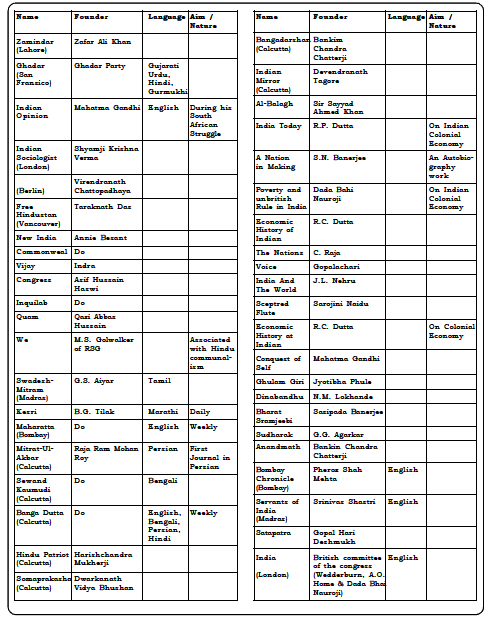Post-Mains Strategy Session by Mr. Ayush Sinha | ForumIAS
Stay Ahead in Your UPSC Journey!
Just a few details to keep you updated with free compilations, test papers, and strategy materials from ForumIAS. You’ll get instant access to this download and more resources like it.
🎯 Join 50,000+ aspirants who download and learn with ForumIAS every week!
3/5?
Same?
?
3 of 5 questions answered correctly
Your time: 00:01:16
You have reached 3 of 5 scores, (60%)
???
RESULTS
4 of 5 questions answered correctly
Your time: 00:01:04
You have reached 4 of 5 scores, (80%)
4/5?
3/5
3/4
RESULTS
5 of 5 questions answered correctly
Your time: 00:01:39
?
RESULTS
5 of 5 questions answered correctly
Your time: 00:01:23
You have reached 5 of 5 scores, (100%)
3/5